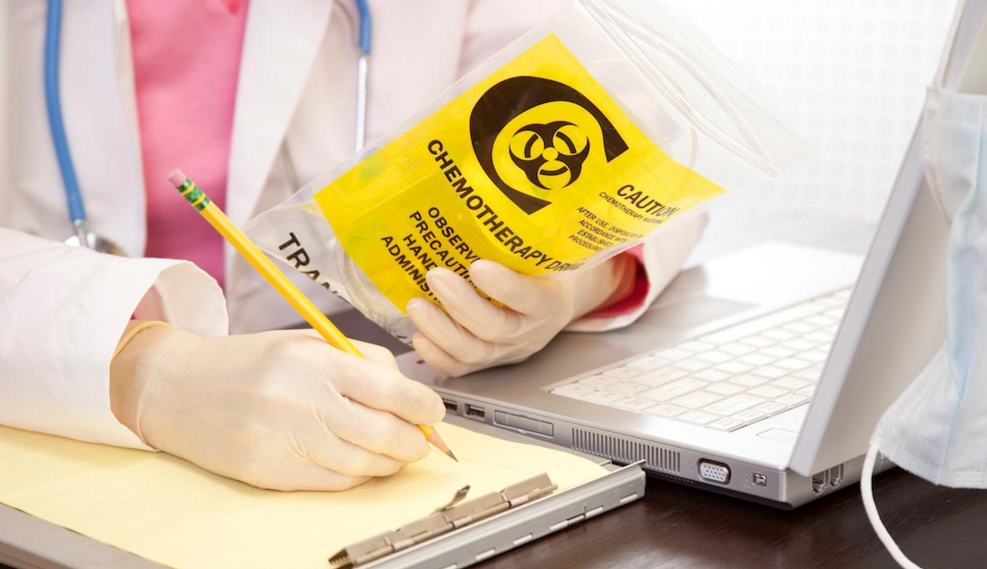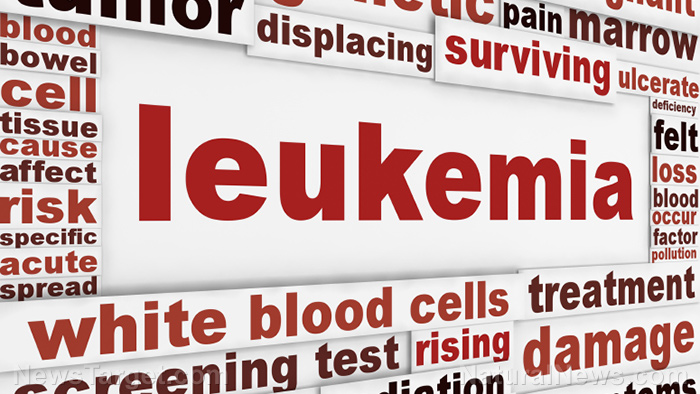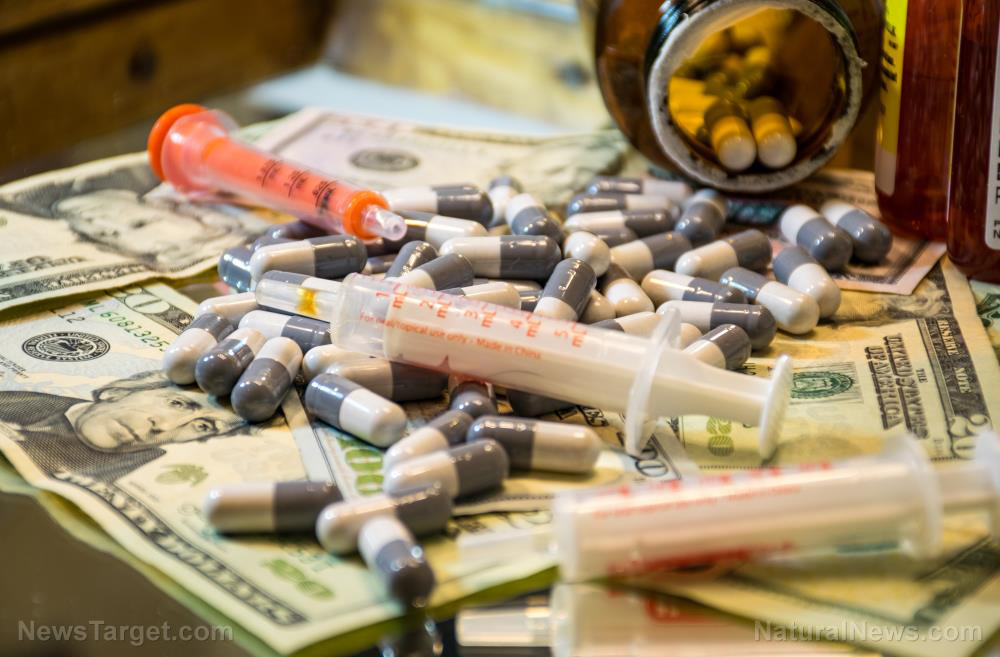FDA: Basic antibiotics shortage ongoing since Q4 last year, some medicines to completely run out by end of June
06/23/2023 / By Belle Carter

The United States has been experiencing shortages of antibiotics since late 2022, with the Food and Drug Administration (FDA) even admitting that it was aware of “some intermittent supply interruptions.”
The FDA cited amoxicillin, a common antibiotic used to treat a broad range of conditions, to be short in supply. As per the agency, the antibiotic’s oral solution was in its drug shortage database, which relies on reports from manufacturers. The oral solution is an anti-infective used with pediatric patients.
And just recently, Big Pharma company Pfizer announced that several types of penicillin will completely run out later this year. Penicillin, a beta-lactam antibiotic, treats syphilis, strep throat and other infections. (Related: Experts warn of antibiotic shortage amid increase in cases of invasive strep A.)
According to a letter from the pharma company posted Tuesday on the FDA’s website, it anticipates running out of the children’s dose of the syphilis drug Bicillin L-A by the end of June. Pfizer is prioritizing the production of larger doses of the type of penicillin, which is recommended for pregnant people with syphilis because it is the only drug that can pass through the placenta and also treat the fetus.
A different Pfizer penicillin, Bicillin C-R that treats other bacterial infections but not syphilis, is expected to run out in the third quarter, which ends Sept. 30. Pfizer’s penicillin has been in shortage since April.
“The supply interruption is the result of a complex combination of factors including significant increases in demand, due to an increase in syphilis infection rates as well as competitive shortages,” the pharma giant further stated in the correspondence.
Biden to import cancer drugs from China
The University of Utah‘s drug information service reported that drug shortages are at a five-year high. Even cancer treatments or medications are also running out. A June 15 article in the journal The Lancet Oncology notes that the shortage of cancer drugs in the U.S. “is now among the worst in three decades … with as many as 100,000 patients affected.”
According to 93 percent of cancer treatment centers, there is a shortage of carboplatin, while 70 percent report shortages of cisplatin. These two medications are used in combination to cure many types of cancer.
“The shortages are so acute that they are commanding the attention of the White House and Congress, which are examining the underlying causes of the faltering generic drug market, which accounts for about 90 percent of domestic prescriptions,” the New York Times commented.
To ease the cancer drug shortage in the country, the FDA declared it will allow cisplatin imports from China. The said chemo drug is manufactured by Qilu Pharmaceutical and is marketed and manufactured in China but is not approved by the FDA in the United States.
To come into the U.S., the drugmaker will work with the Canada-based drugmaker Apotex to import and distribute the medication, according to a letter from the company dated May 24. The drug will come in 50-milligram vials that are labeled in Chinese.
FDA spokesperson James McKinney said the agency is also exploring importing carboplatin, another chemotherapy drug in shortage. However, he told NBC News that the agency could not yet share specifics on the potential supplier for that drug.
Visit PrescriptionDrugs.news for more related stories.
Watch the video below that talks about what to do in case of a shortage of amoxicillin.
This video is from the Local Prepper channel on Brighteon.com.
More related stories:
Drug and food shortages are here, and they will get a lot worse.
America running out of key antibiotics and respiratory drugs for children amid “tripledemic.”
FDA announces amoxicillin shortage, cites increased demand and manufacturing issues as causes.
Sources include:
Submit a correction >>
Tagged Under:
amoxicillin, Antibiotics, big government, Big Pharma, cancer medications, chaos, chemo, China, collapse, Joe Biden, medicine shortages, panic, Pfizer, pharmaceutical fraud, Prescription drugs, rationing, scarcity, shortages, supply chain
This article may contain statements that reflect the opinion of the author
RECENT NEWS & ARTICLES
COPYRIGHT © 2017 CHEMO NEWS




















